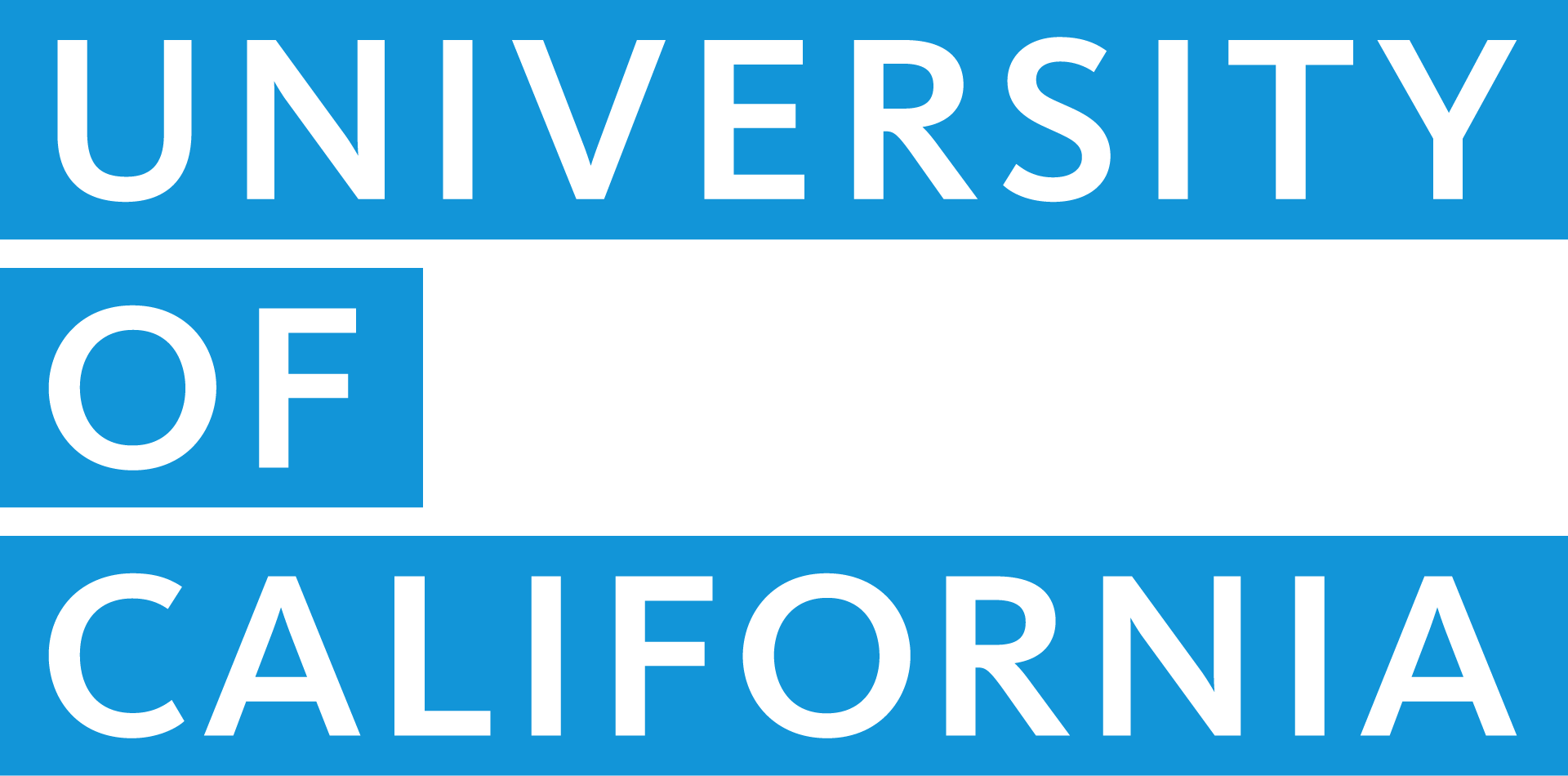Engineering Aid
Class Specifications – E.15
Principal Engineering Aid – 7161
Senior Engineering Aid – 7162
Engineering Aid – 7163
March, 1973
Series Concept
Engineering Aids perform or supervise technical and mechanical work in support of engineering and physical research activities and/or engineering work related to construction of buildings and laboratory facilities; and perform other related duties as required.
Incumbents typically assemble and operate laboratory instruments and apparatus used in engineering and physical research activities; record instrument readings and research data; perform mathematical operations with research data in preparation for computer processing; perform mathematical computations requiring an advanced level of mathematical knowledge; participate in the work of a survey crew, using surveying instruments and equipment; perform engineering drafting; operate machine shop tools; assemble electronic components from circuit diagrams; and prepare charts, graphs and reports using research data.
The series is characterized by the varied combinations of occupational knowledges and skills required. The knowledges are those typically acquired in undergraduate courses in an engineering or physical science curriculum. The skills are those typically identified with specific classes such as Coder, Drafting Technician, Electronics Technician, and/or Laboratory Mechanician. However, incumbents usually do not concentrate in any one of these specific occupations.
Class Concepts
Principal Engineering Aid
Under general supervision, incumbents perform the most difficult technical work involved in the reduction, compilation, and interpretation of engineering and physical research data; design, construct, install, and/or test engineering and physical research laboratory instruments and/or apparatus; and supervise a small group of Senior Engineering Aids and/or Engineering Aids engaged in technical work in engineering or physical research.
Principal level assignments typically require comprehensive knowledge of the specific project and ability to apply engineering and scientific principles and advanced mathematical skills. Mechanical skills utilized are the crafts used in fabrication of electrical, electronic, mechanicals and/or optical equipment.
Incumbents typically work under the supervision of a professional research scientist or engineer. Incumbents typically supervise subordinate staff members, however supervisory responsibility is not an essential requirement for allocation to this level.
Examples of assignments at this level of difficulty and responsibility are:
- Supervisor of a small group of Senior Engineering Aids and/or Engineering Aids in an engineering or physical research activity, personally performing the cost difficult work involved in assembling and testing apparatus and/or in data reduction, analysis and interpretation.
- Engineering data technician, with independent responsibility for reducing, compiling and interpreting large bodies of hydrographic and geological data obtained from oceanic research, and preparing and writing reports of data.
Senior Engineering Aid
Under supervision, incumbents perform all or many of the duties indicated for the series under the Series Concept. This is the full operational level for engineering technical work.
Senior level assignments typically require technical knowledge of the engineering or physical research project, with ability to apply the engineering and scientific principles and mathematical skills that are included in the first two years of a four-year professional engineering curriculum or in a two-year engineering technician curriculum. Mechanical skills utilized involve the use of electrical and electronic instruments and machine and hand tools.
Incumbents typically work under the supervision of a professional physical research scientist, professional engineer, or Principal Engineering Aid. Incumbents usually-do not have supervisory responsibility for Engineering Aids, although in some instances Senior Engineering Aids may be assigned responsibility for giving working instructions and demonstrations to Engineering Aids and/or other staff members and/or students.
Examples of assignments at this level of difficulty and responsibility are:
- Engineering equipment technician, with responsibility for all or several of the phases of work involved in construction, installation, test, and/or operation of instruments and apparatus used in engineering or physical tests and measurements.
- Engineering data technician, with responsibility for all or several of the phases of work involved in recording, collecting, reducing, computing, compilings analyzing, and/or interpreting engineering and physical research test data.
- Civil engineering surveying party member, performing level and transit work.
Engineering Aid
Under close supervision, incumbents perform simple technical tasks in the assembly, testing, and operation of engineering laboratory apparatus; obtain, record, and compile test data; perform calculations on test data; perform simple drafting of schematics, engineering drawings, and charts and graphs of test data; and participate in civil engineering surveying parties as rod or chain assistant.
This is the entry level class for engineering technical work. Incumbents are expected to have sufficient training and/or experience to perform simple repetitive technical, mechanical, and/or drafting work without additional on-the-job training. Familiarity with basic engineering and scientific principles and mathematical operations is essential to successful performance.
Incumbents typically work under the supervision of a professional physical research scientist, professional engineer, or Principal Engineering Aid. Incumbents typically are expected to progress to the class of Senior Engineering Aid.
Minimum Qualifications
Principal Engineering Aid
Two years of college work with courses in engineering or a related field, and three years of related experience; or graduation from high school and four years of related experience; or an equivalent combination of education and
experience.
Senior Engineering Aid
Two years of college work with courses in engineering or a related field, and one year of related experience; or graduation from high school and two years of related experience; or an equivalent combination of education and experience.
Engineering Aid
Two years of college work with courses in engineering or a related field; or graduation from high school and one year of related experience; or an equivalent combination of education and experience.
